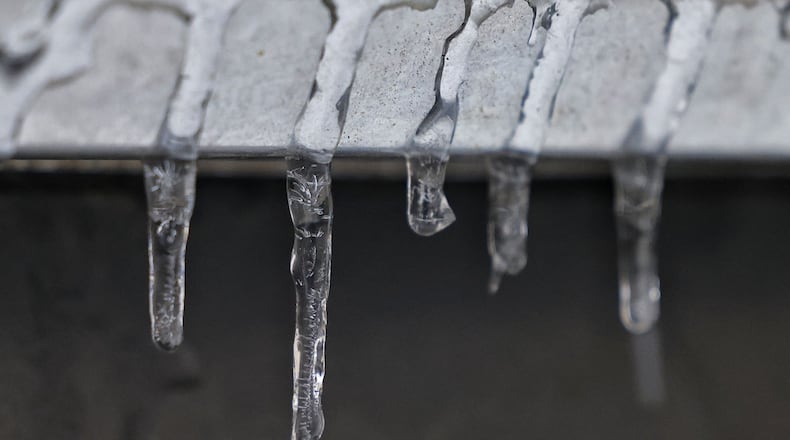What is La Niña?
La Niña is a period of time where there are below-average sea surface temperatures across the central and east-central Pacific Ocean around the equator.
This has wide-ranging effects on weather patterns around the world, but in North America, during La Niña the Pacific jet stream often wanders up into the northern Pacific before dipping down through Canada to the Midwest and turning north again.
La Niña’s general effects
La Niña means generally colder conditions across the northern Great Plains and warmer, drier conditions in the southern U.S., but for southern Ohio and surrounding areas, that generally means wetter than normal conditions, the NWS said.
La Niña conditions means that large parts of central North America will possibly see “increased storminess, increased precipitation, and an increased frequency of significant cold-air outbreaks,” the CPC says on its website.
For our area, La Niña conditions generally line up with predictions late last month from the Old Farmer’s Almanac, which said we would see a “bone-chilling” and snowy winter.
La Niña and weather
However, La Niña does not mean that a cold, wet winter is certain. While typical La Niña episodes tend to cause cooler, wetter winters in the Ohio Valley, the weather does not necessarily follow that pattern.
For example, the past two winters also saw La Niña conditions.
In the winter of 2020-2021 from December 2020 through February 2021, overall Dayton saw above-average precipitation.
The area actually saw below-normal rainfall – a total of 5.75 inches versus a normal total of 8.48 inches over that period, according to NWS data.
However, snow totals ended up being above average, reaching 25.5 total inches versus an average total of 19.7 inches thanks to heavier snowfalls in late January and mid-February.
The following winter, though, saw below-normal total precipitation. 2021 was one of the hottest years yet, the NWS said in a release early this year, adding that December 2021 was the warmest on record.
In Dayton from December 2021 to February 2022, the NWS recorded above-average rainfall, totaling 18.25 inches over a normal total of 14.5 inches, but snow totals were far below normal, reaching 12.2 inches compared to a normal total of 20.7 inches.
About the Author

